Few observations:
The camera is pointing in X degrees *magnetic* north, not polar. The difference is likely the difference between the two.
Regarding star rotation/trailing, the wider the lens, the less you'll have every star perfect due to the fact that the stars will spin at a different rate the further you are away from Polaris. I can't recall the scientific term for this off hand, but if you think of looking down the guts of an umbrella and twirling it, the center won't have to move nearly as much as the outer edges.
This will show in your photos, and the only option is to reduce shutter speed to minimize the effect if you don't like it.
I shot my house last summer on a nice dark night, and you can see it in the stars on the edges of the frame. I imagine on a full frame the effect would be even greater.
EDIT: This was almost due east, FWIW, north would be to the left off frame.
DOUBLE EDIT: You can see the effect with the scenery as well - house seems sharp, trees on the sides definitely not so.
K-3, Sigma 10-20mm f/3.5 @ f/3.5, 60 seconds ISO1600
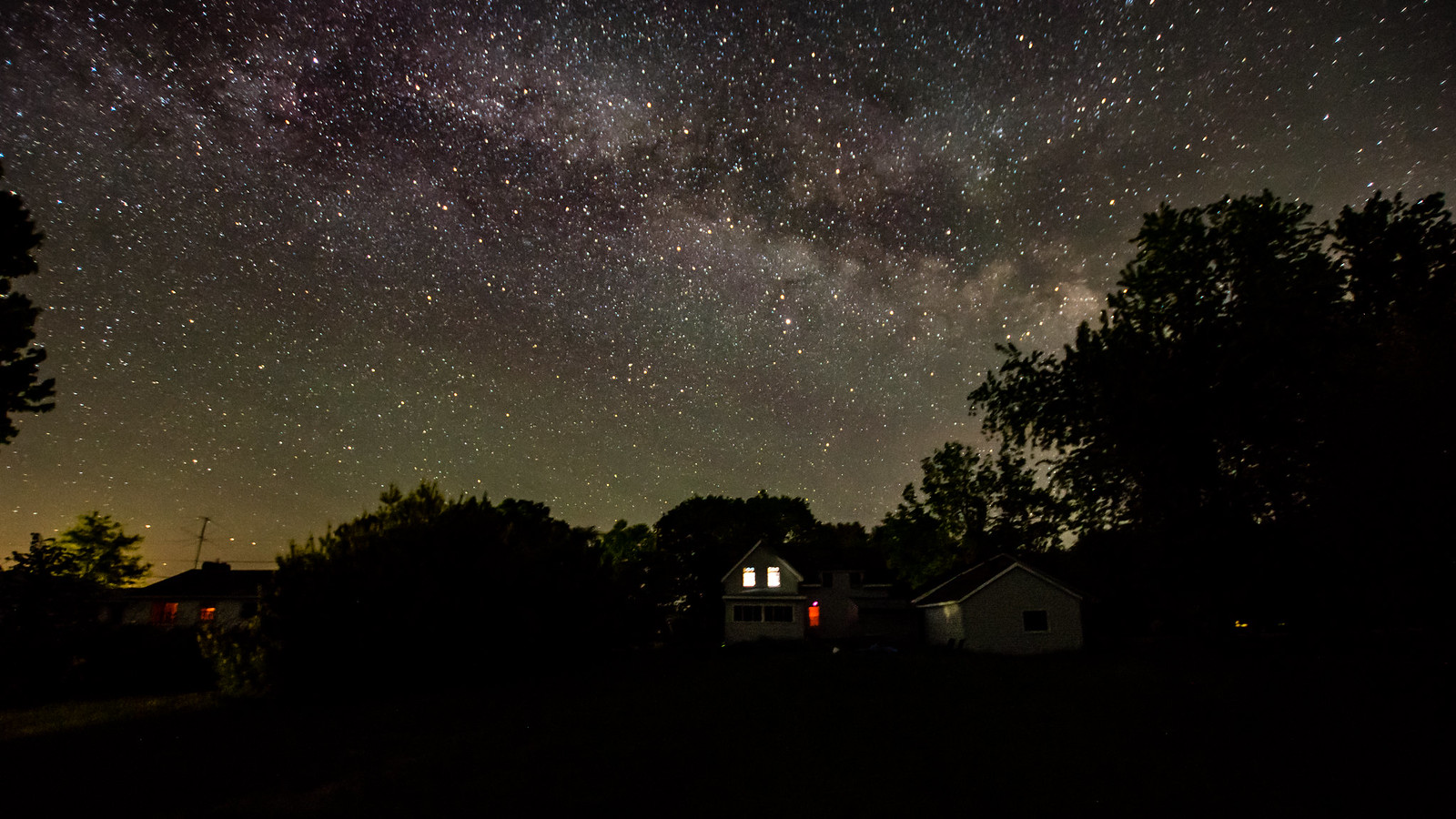


 Similar Threads
Similar Threads 






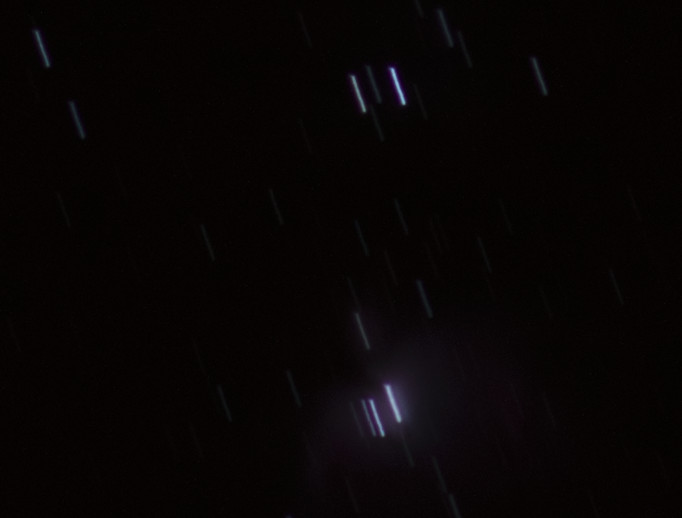
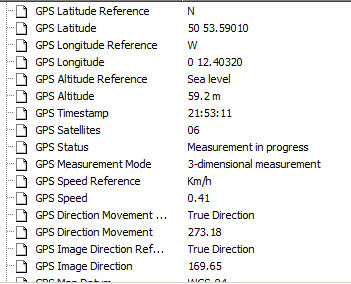


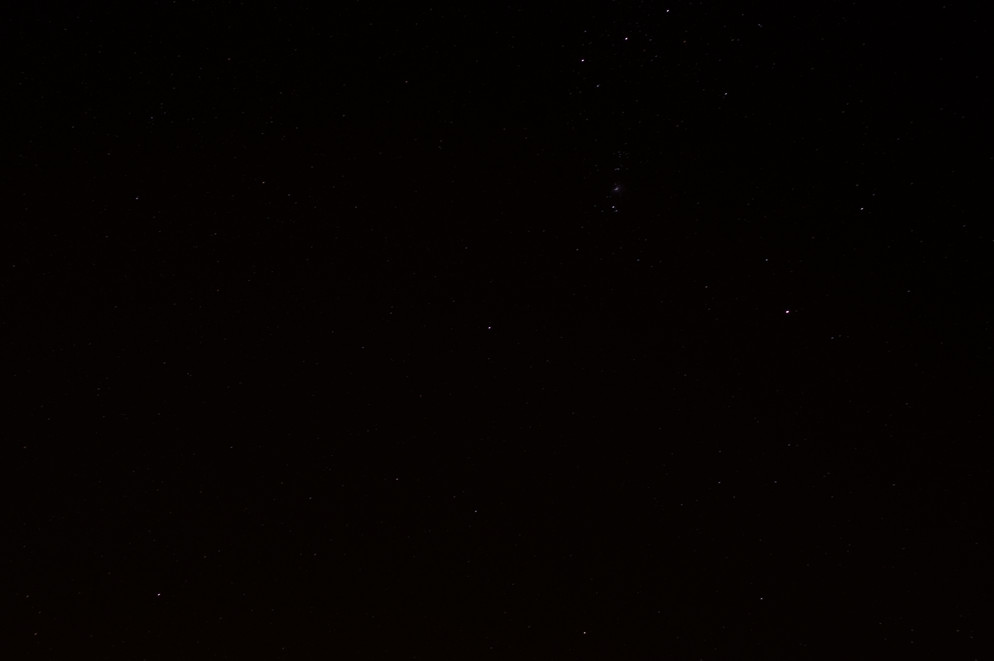
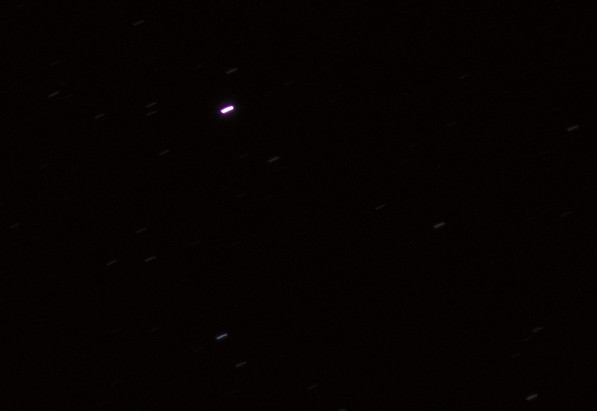
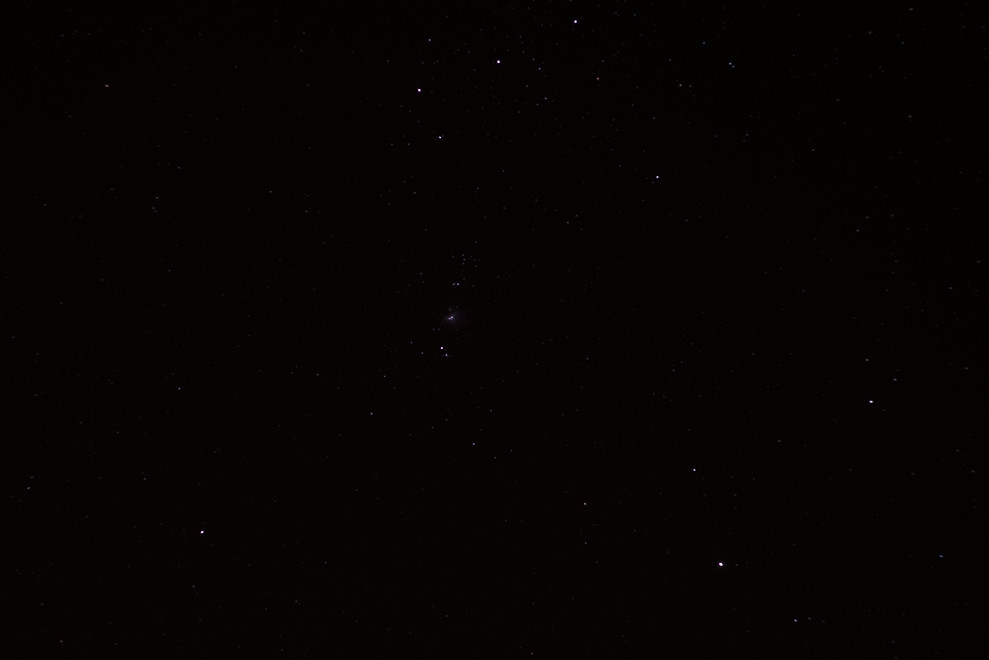
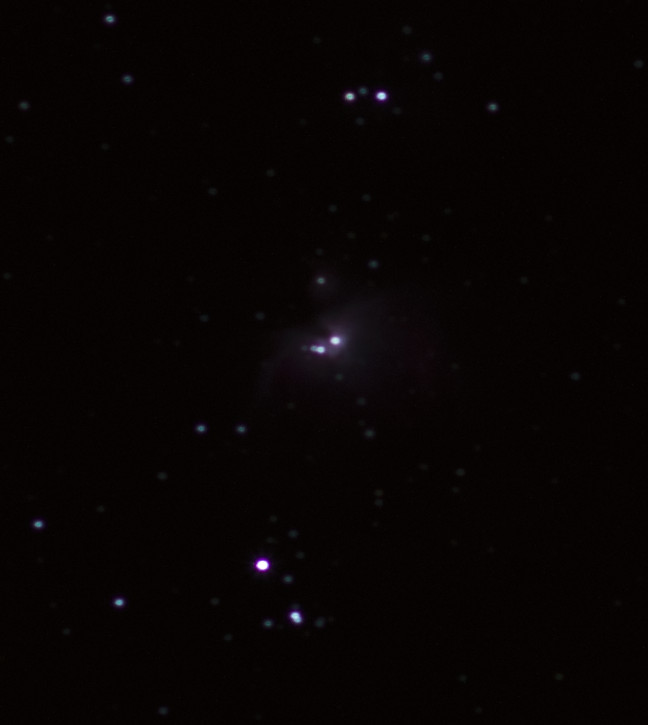
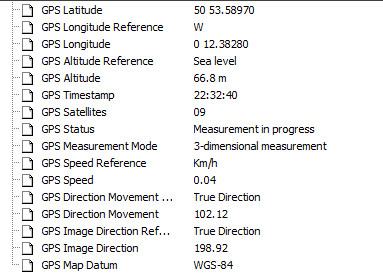




 Post #18 by Stone G.
Post #18 by Stone G.








